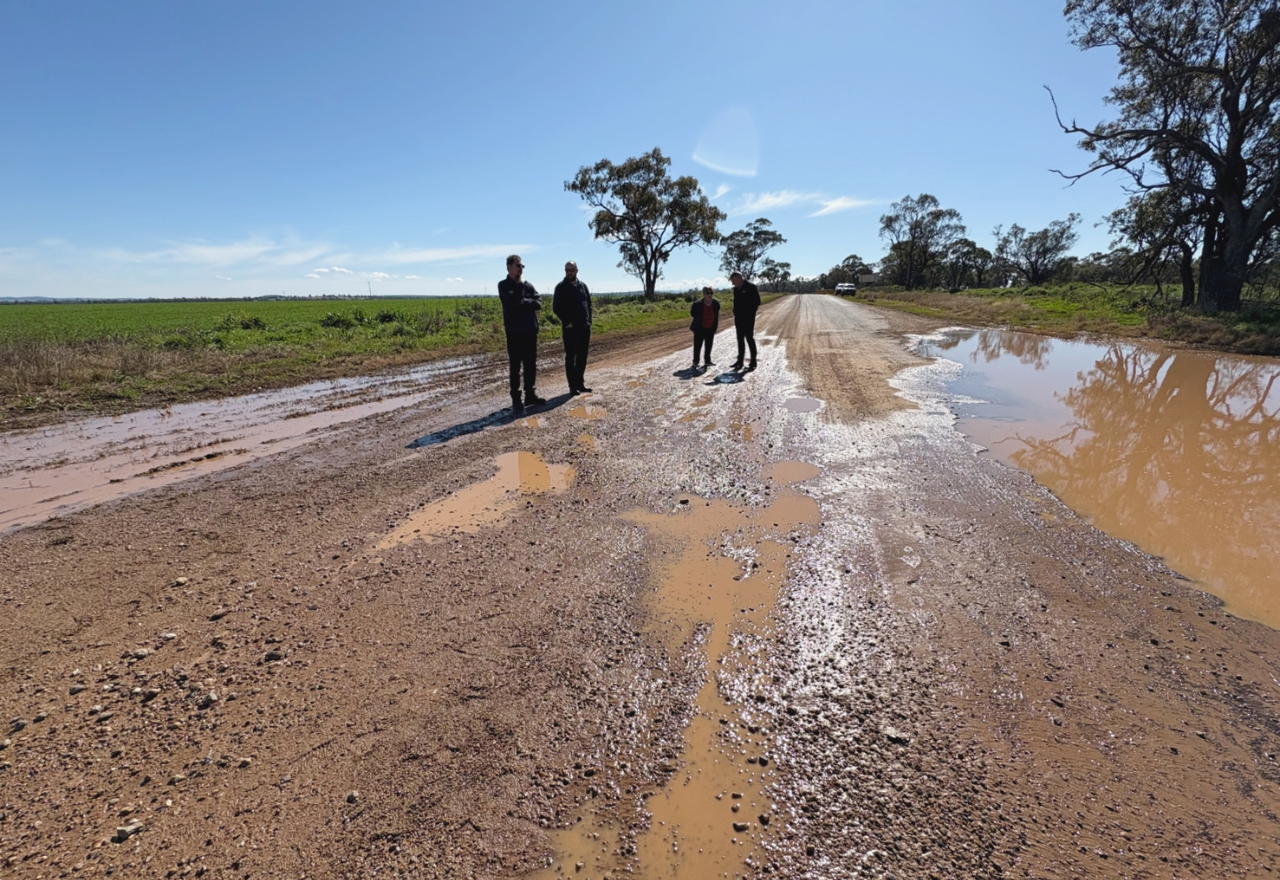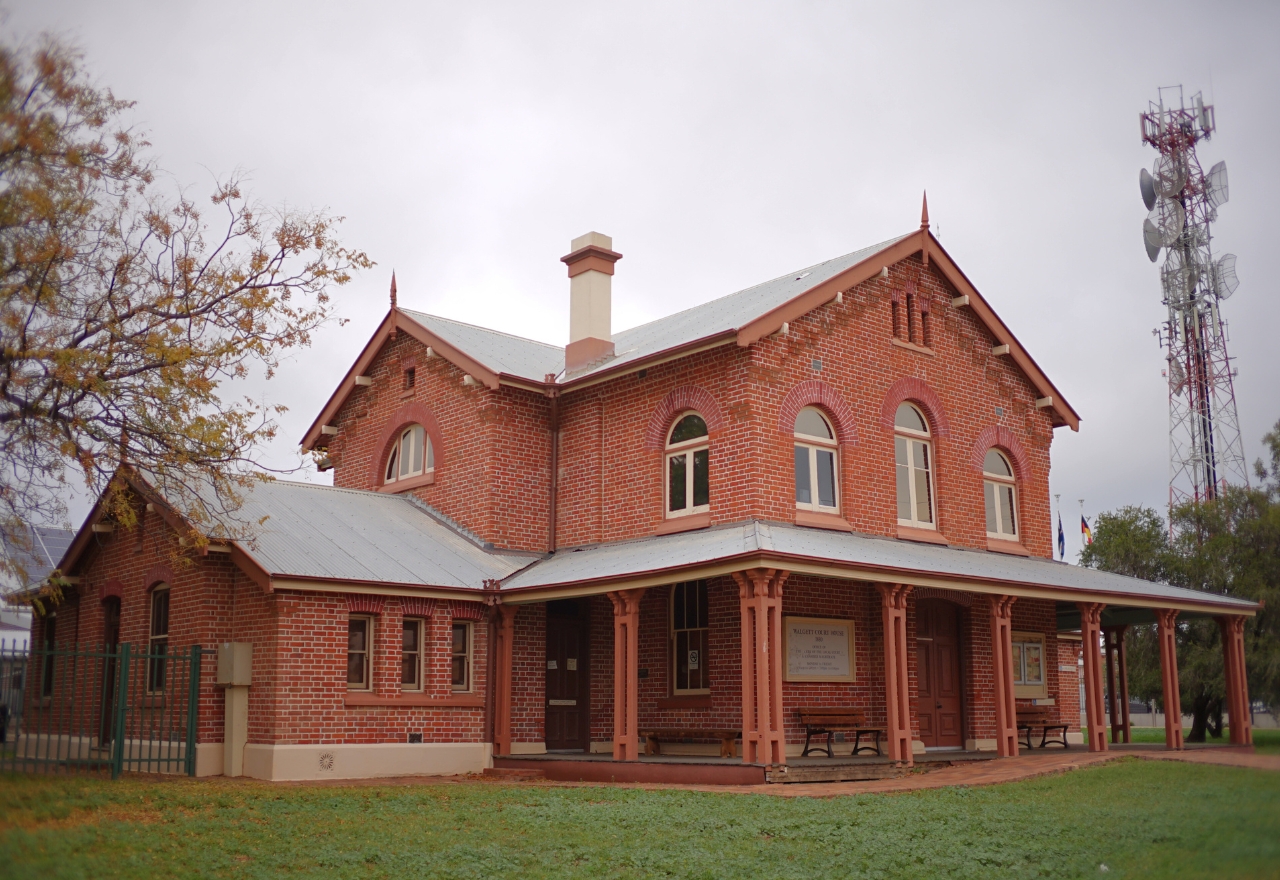Federal government hits the brakes on speed limit changes
River McCrossen
25 November 2025, 1:43 AM
 Opponents to rural speed reductions say there are other ways to reduce fatalities. [IMAGE: Jamie Chaffey MP]
Opponents to rural speed reductions say there are other ways to reduce fatalities. [IMAGE: Jamie Chaffey MP]The federal government has shelved a proposal to reduce default speed limits on roads outside built-up areas with no specific signposted speed.
Federal transport minister Catherine King said on Friday 21 November that "no further work" is underway on the proposal following a meeting with her state counterparts.
Facing backlash from local councils and key industries, the government will now need to find new ways to reach their targets for reining in road trauma across the nation.
“Ministers noted recent feedback from consultation on open road default speed limits that has been in the National Road Safety Strategy since 2018,” a joint meeting statement said.
"Ministers noted the Commonwealth does not set speed limits in any jurisdiction, and that states and territories are responsible for these decisions.
"No further work is being undertaken on open road default speed limits."
The government had proposed to reduce road deaths by cutting the default speed limits by up to 30 per cent from 100km/h to as low as 70km/h.
The idea was slammed by farming and freight bodies, who said it would unnecessarily increase transport times and costs.
Local councils and the Country Mayors Association also made submissions and spoke out against the proposal, citing an unnecessary increase in travel times for their local residents.
More than 11,000 submissions were made against the proposal.
Supporters including the Road Trauma Support Group said it would tackle speed as a big driver behind fatalities.

Jamie Chaffey says better funding would make regional roads safer. [IMAGE SUPPLIED]
"Regional communities, local councils, and Liberal and National MPs have told the Albanese Labor Government in no uncertain terms they do not want this plan, and common sense has finally prevailed," said Jamie Chaffey, MP for Parkes.
“This was a ridiculous plan, and the Labor Government has wasted months pushing a policy that punished regional motorists instead of repairing the roads that endanger them."
Under the 2021-2030 National Road Safety Strategy, the federal government aims to at least halve the number of national road fatalities by the end of the decade, then to zero by 2050.
However, that number has increased every year from 1097 in 2020 to 1292 in 2024, according to Australian government data.
The proposed change would largely not have affected main roads and highways since they tend to have clear speed signage.
It would have applied to many of our shire's rural roads that are less busy and carry fewer vehicles on a daily basis.
A government consultation paper models that reducing the speed to 70km/h could avoid 401 deaths on sealed roads and 123 on unsealed roads across Australia each year.
“Cutting speed limits would have been a lazy substitute for real road investment,” Mr Chaffey said.
"Road safety won’t improve until the Government invests in the roads themselves.
"It’s time they got on with the task of making roads safer by fixing them and filling the potholes.”



